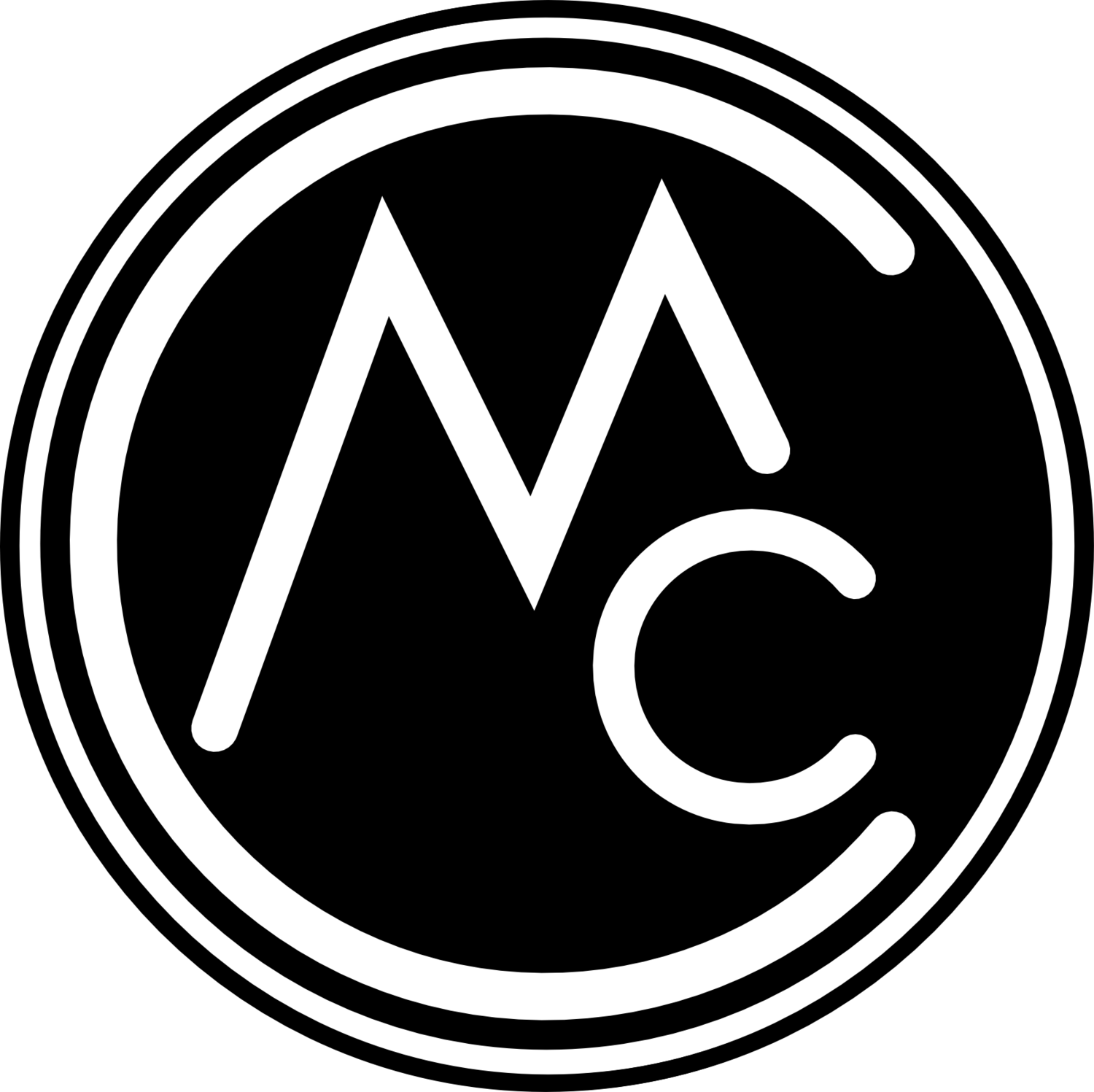Cities all over are investing in placemaking strategies as a means of supporting economic development activity. There’s no question that building great places that people want to be absolutely enhances a community’s ability to attract and retain jobs and smart people. However, placemaking as a standalone strategy isn’t the answer to healthy, sustainable communities.
Jane Jacobs, the mother of modern placemaking, spoke frequently about the value of community, small business and creating opportunities to build relationships by designing spaces that encourage chance social exchanges. These ideas are fundamental to making great places.
One thing many cities seem to miss on is making a deliberate connection between placemaking strategies and activating the community that will support those places. A great place is only as successful as the people in it. Creating a strong linkage between placemaking initiatives, talent retention programs and entrepreneurial support amplifies the impact of each. A sustainable community is built on people, places, and jobs.
The New Competitive Reality
Today, talent is a primary currency in economic development. Every city in the country is competing for young college educated talent. Great places with diverse job markets make it easy for people to relocate. As such, larger markets tend to have an easier time attracting and retaining talent.
Any community’s primary competition in Economic Development today are those places that are succeeding in taking their community’s talent. It’s easy to map talent migration patterns using census figures and safe to say that talent magnets like Chicago, Dallas, Austin and Portland are the winners in this competition. The challenge today is to create an environment that will keep smart people in your community.
As communities begin to respond to this new competitive reality, solid results typically follow. The opportunity to build a new economic engine exists in the coalescing of a solid place strategy with a robust entrepreneurial ecosystem as a means of attracting and retaining talent.
Toward a Post-Employment Economy
The trends toward a more entrepreneurial economy are real. If these trends continue America may be entering into a sort of post-employment economy. Today's talent appears to be drawn to an entrepreneurial path because they highly value work-life balance. It’s also important to note that the barriers to entry in small business are smaller than ever before.
The numbers are very interesting. Survey's estimate that nationally, 35% of working millennials (the largest generation in the workforce today) have started a side business, 27% that are already self-employed. 72% of those that are currently employed intend to quit their jobs in the next 3-5 years. For a variety of reasons, it's reasonable to anticipate that America's self-employed workforce will grow by 50% in the next decade.
Focusing strategies on building the entrepreneurial ecosystem that can support new start-up activity, both on main street and in the lab (tech commercialization) will accelerate the establishment of the community that will be at the center of a community’s placemaking strategies.
Take Aways
- Build a local entrepreneurial ecosystem: Partner with local institutions that support entrepreneurs to increase success with start-ups.
- Celebrate your community’s unique identity: Every place has a story, know your story and tell it. Building on this will build community pride and encourage people to love where they live.
- Nurture creative entrepreneurs: “Creativity is the ultimate economic resource” – Richard Florida
- Invest in shared workspace/co-working: The workplace is changing, keep up or get left behind.
- Cultivate cultural assets, support local arts: Investment in cultural infrastructure is essential for a healthy economy, do not consider cultural investment optional.
- Connect local businesses: Small businesses fuel placemaking strategies. They are at the center of a community’s identity.
Chris McGowan has spent 20 years working to successfully transform Texas cities and build community. His passion for place, inspired design, and innovation drive his work today.
